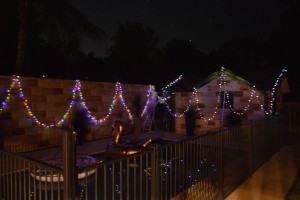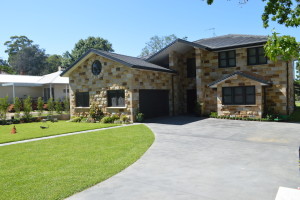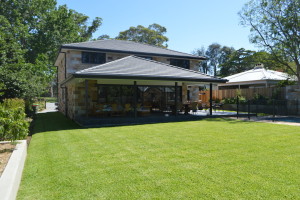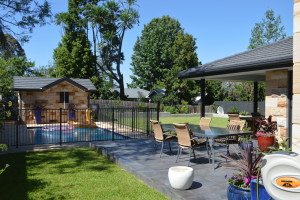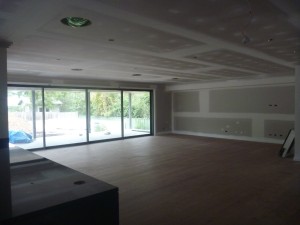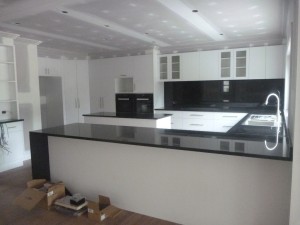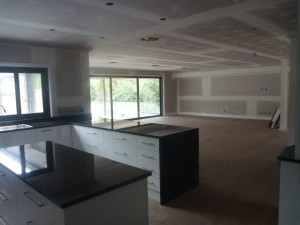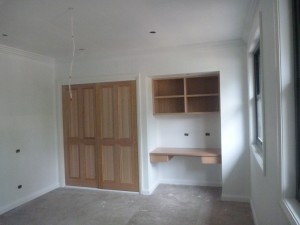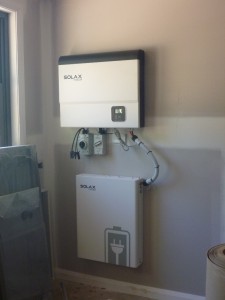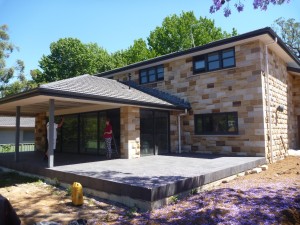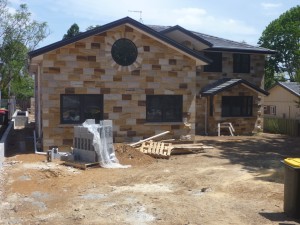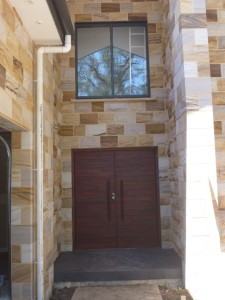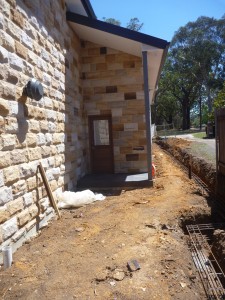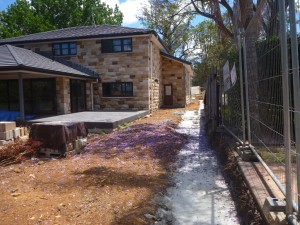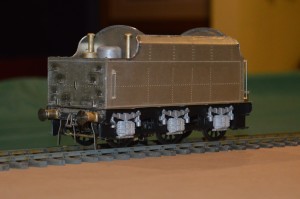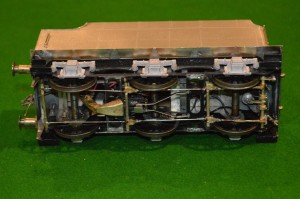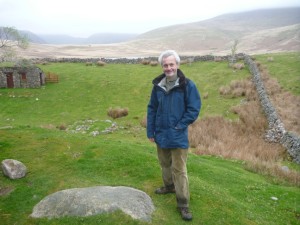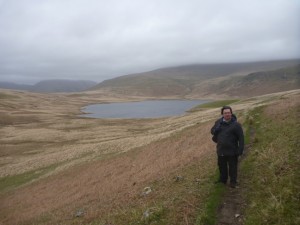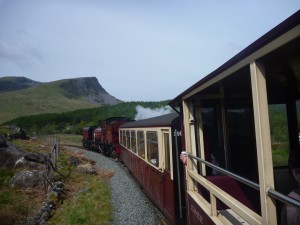The “fall plate is (I think!) the footplate between the locomotive and the tender. This clearly has to move up and down, and even on a model some movement will be necessary.
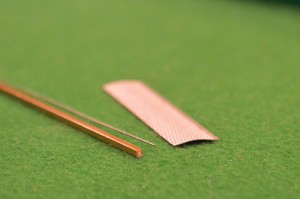 In the MOK kit the fall plate is an etched rectangular plate with the grip etched onto one side. There are cutouts for the hinges, which were assembled onto the cab sub-assembly earlier.
In the MOK kit the fall plate is an etched rectangular plate with the grip etched onto one side. There are cutouts for the hinges, which were assembled onto the cab sub-assembly earlier.
There were no instructions as to how to fit this part. There is a second matching rectangle with no surface grip. Both have a half-etched edge, but it is far from clear how this could be used. I didn’t use the second plain etch. I curved the etched plate (as seen above) and decided to hinge the plate by attaching a tube to the underside and using 0.5mm wire through the hinge-brackets. I couldn’t find any small tubing in my scrap-box, but a U-shaped piece of brass channel made a better substitute.
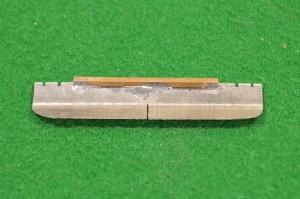 So I soldered a 35mm length of the channel to the edge of the fall plate, and then filed the rear edges of the plate to resemble the fall plate seen on p76 of the “Locomotive Profiles” book of the Stanier 8F (IMO an essential acquisition if you are going to make an accurate model).
So I soldered a 35mm length of the channel to the edge of the fall plate, and then filed the rear edges of the plate to resemble the fall plate seen on p76 of the “Locomotive Profiles” book of the Stanier 8F (IMO an essential acquisition if you are going to make an accurate model).
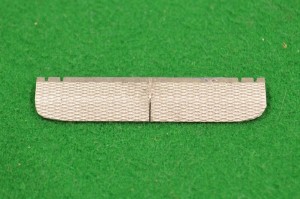 The picture in LP shows two fall plates, not one, so accurately to represent this appearance, once I had soldered the brass channel in place, I used a piercing saw to separate the two halves (well, actually not quite separate them, but create that appearance).
The picture in LP shows two fall plates, not one, so accurately to represent this appearance, once I had soldered the brass channel in place, I used a piercing saw to separate the two halves (well, actually not quite separate them, but create that appearance).
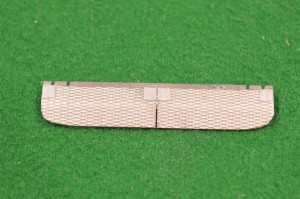
I then added the “hinges” by sticking paper squares onto the fall plate with cyano-acrylate glue.
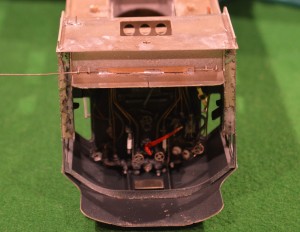
I then threaded the 0.5mm wire through one hinge on the rear of the cab assembly, then through the channel on the fall plate, then through the other hinge. Easier said than done!
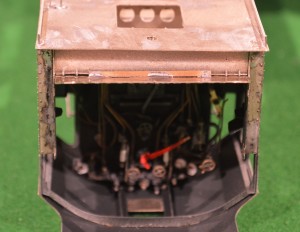
I then cut the wire just the right length to fit between the cab side etches.
 This gave the right appearance (I hope) with some flexibility to flap up and down.
This gave the right appearance (I hope) with some flexibility to flap up and down.


